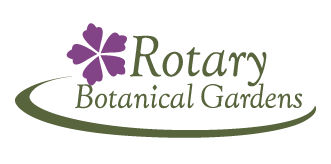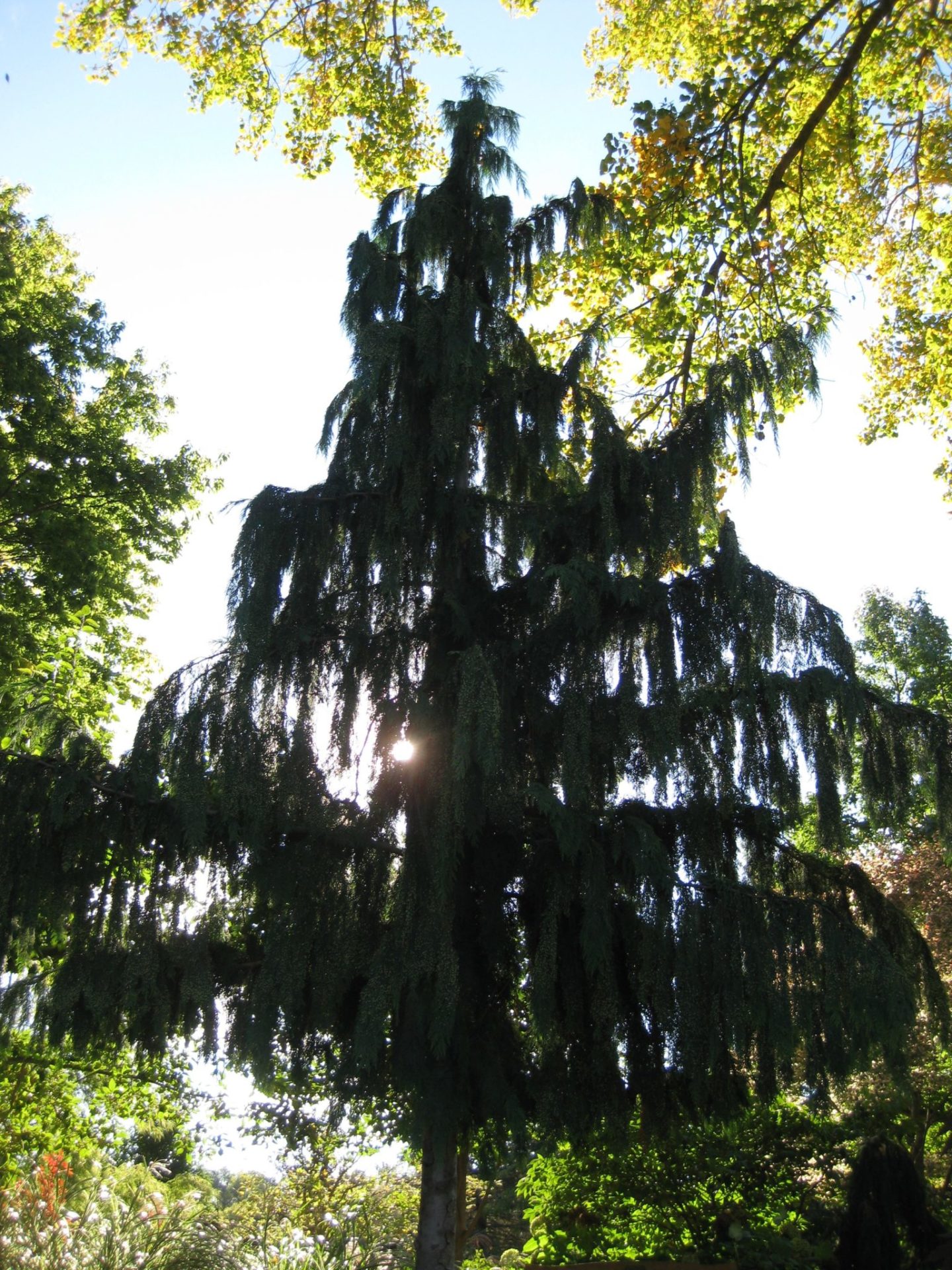
Weeping Alaskan Cedar
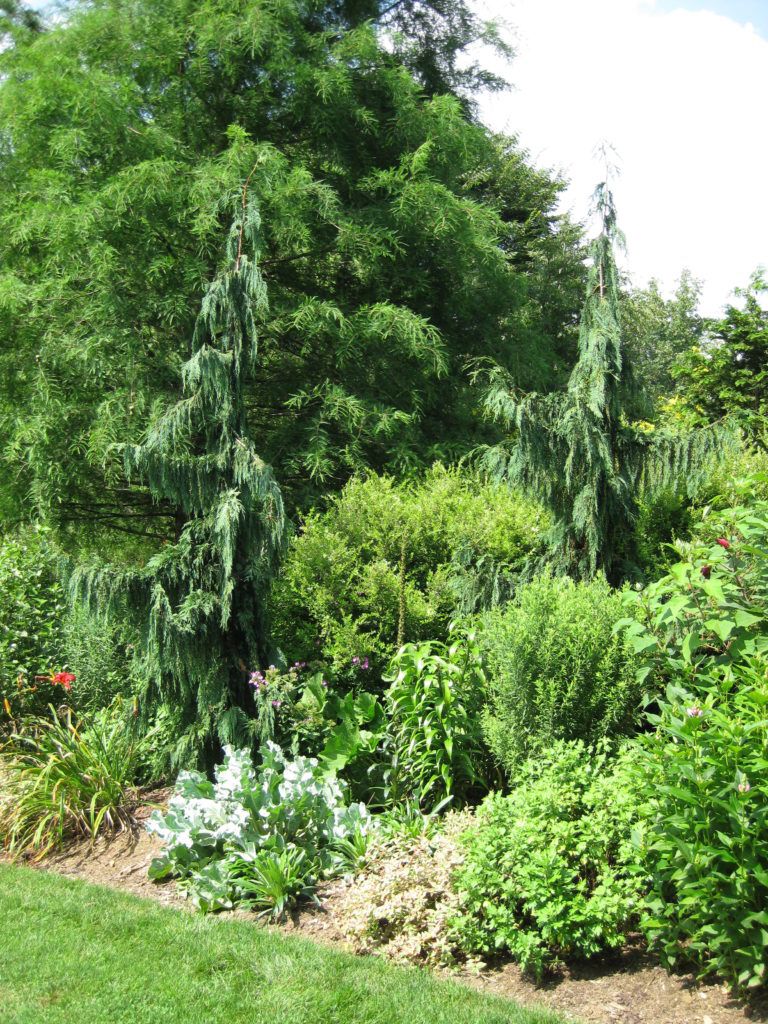
The cold and snow stayed with us today and we may have some more snow (1-5″!) tomorrow night! UGH! We had a small crew today but plenty of action. Larry H., Cindy and I represented the grounds staff. I continue to finish ordering and working on lots of special events preparations. Cindy spent a good portion of the day potting up caladiums and other plants to give them an early start. Larry H. moved our pansies to more “safety” so they’ll look great for the continuation of our Bagged Compost and Pansy Sale this Saturday (from 8 am until 12 noon). Larry then headed out to do some clean-up out in the gardens. Urban was out pruning and Steve E. came in to assemble our Spring Plant Sale tables for the sale (in four short weeks!). Alan was in for some painting and Vern continues to prepare some new “fish” for our Giant Aquarium display this year which will feature the book The Frightened Frog. We also saw Jenny (working on labels), Peg (working on labels), Bobby K. (we’re never quite sure what he’s up to…), Maury, Hal and Dick H.
This blog features one of my favorite conifers for form and texture. Called Alaskan cedar, yellow cedar, Nootka falseycpress and Nootka cypress, this conifer has also had a lot of debate over its Latin name. I’m going with Chamaecyparis nootkatensis although I’ve also seen Cupressus nootkatensis and more recently, Xanthocyparis nootkatensis. I’ll let the botanists sort out the nomenclature while we look at the strong statement that these conifers (not a true cedar) make out in the landscape 365 days of the year.
The native range of this conifer is along the wet portions of the West Coast from Northern California up through the Kinai Penninsula in Alaska. This species can reach heights over 100′ tall natively but in our Midwest landscape, will likely reach 30-40′ in time. Preferring deep, moist, loamy soil (but well drained), this conifer is hardy to zone 4 and while very cold tolerant, is also pollution tolerant. Protection from winter winds is advised. The wood is highly prized for flooring and finished carpentry with China being a prominent customer for this timber. The wood is also rot and insect resistant. Preferring full sun but tolerating part shade, this conifer has sweeping branches and many of the narrow forms become substantial focal points in the landscape as they gain height. These are all my photos from various locations and I’ve indicated some of the varieties (if known). We grow the varieties ‘Pendula’ and ‘Green Arrow’ although there are even more narrow varieties (like ‘Van den Akker’ – see below!) and there are also gold foliage (see ‘Boyko’s Sundown’ below) and variegated forms (‘Sparkling Arrow’ and ‘Variegata’) as well.
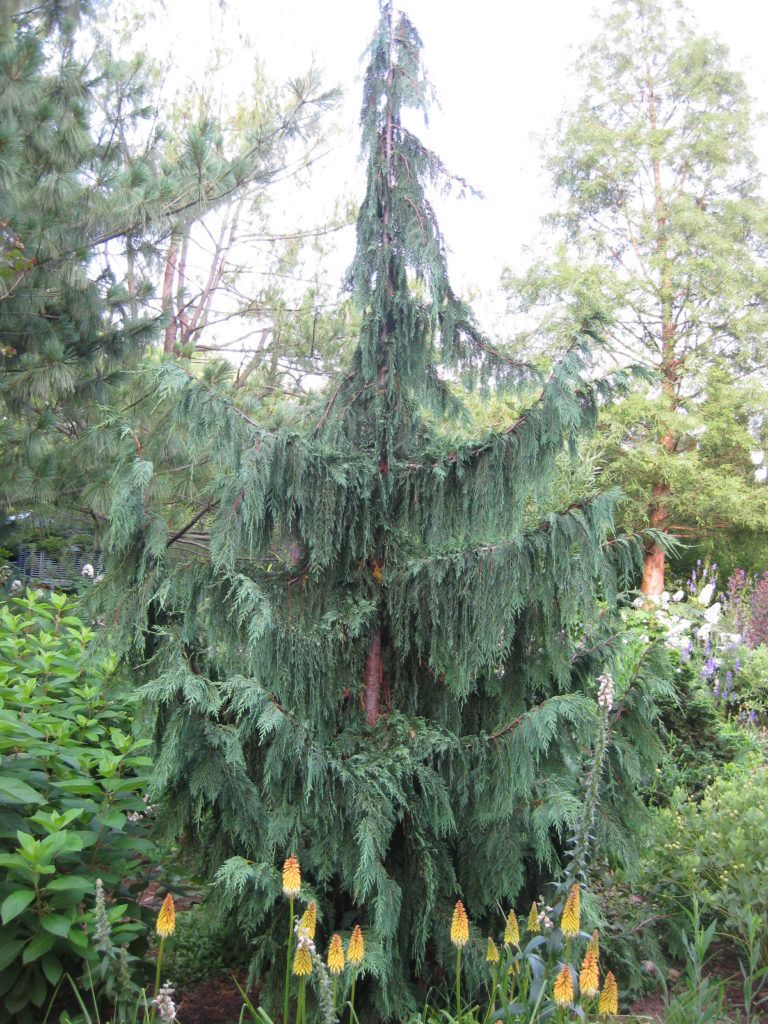

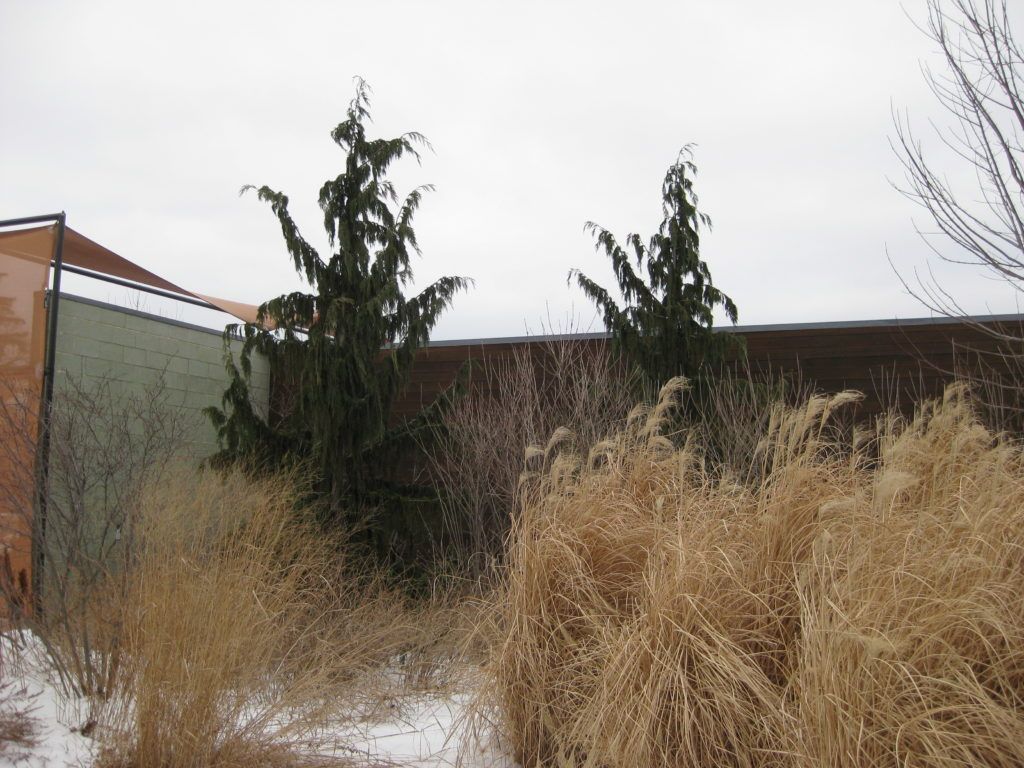
two specimens at the Morton Arboretum (Lisle, IL)
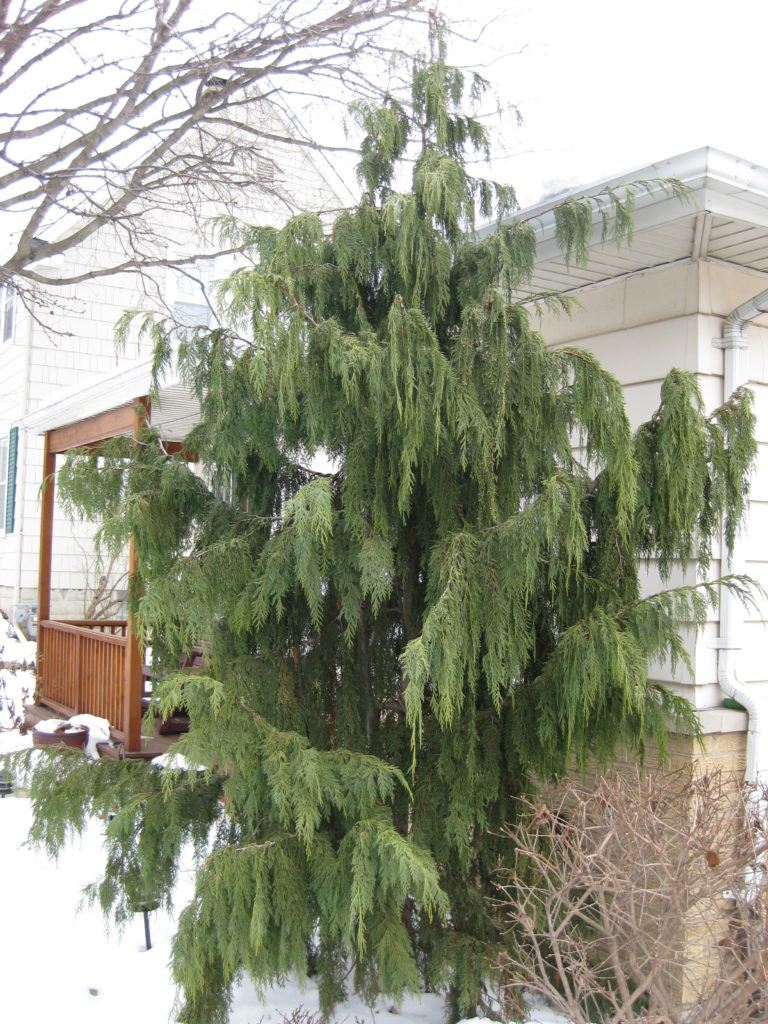
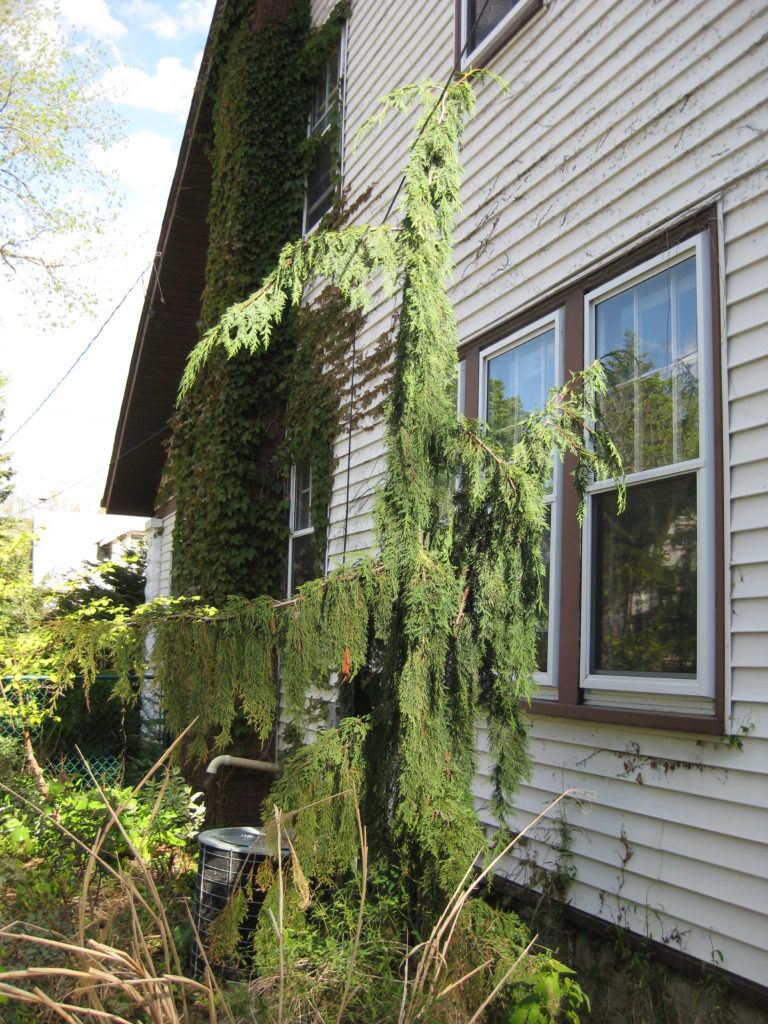
Chamaecyparis nootkatensis ‘Green Arrow’ on the North side of my house (above)
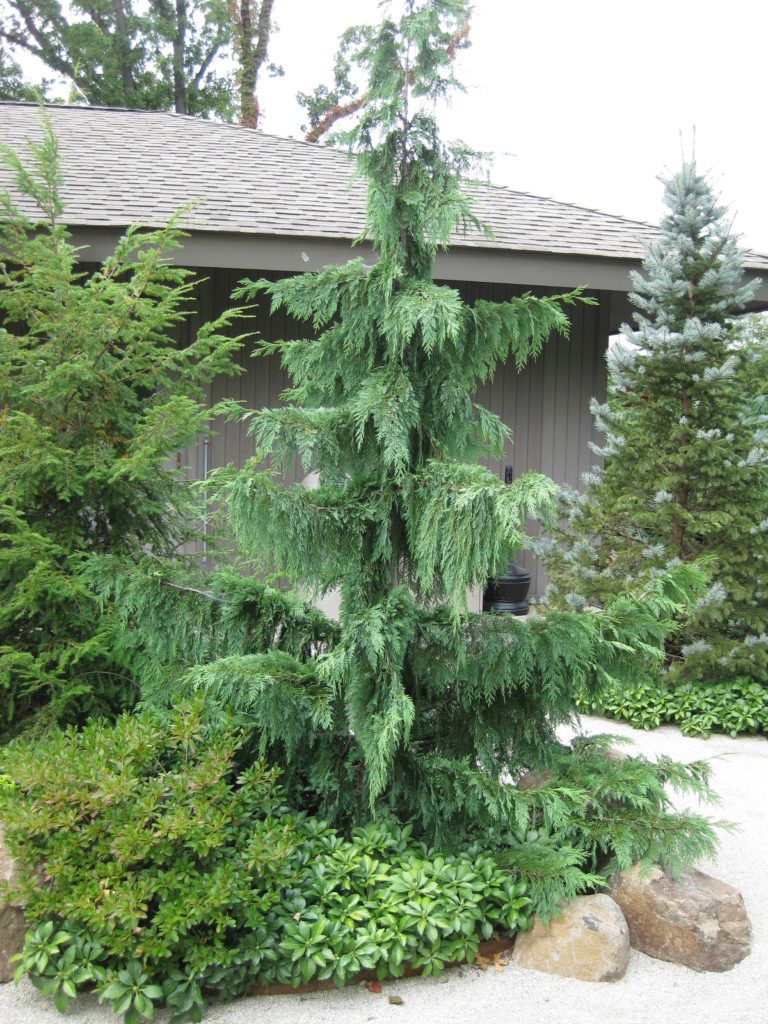
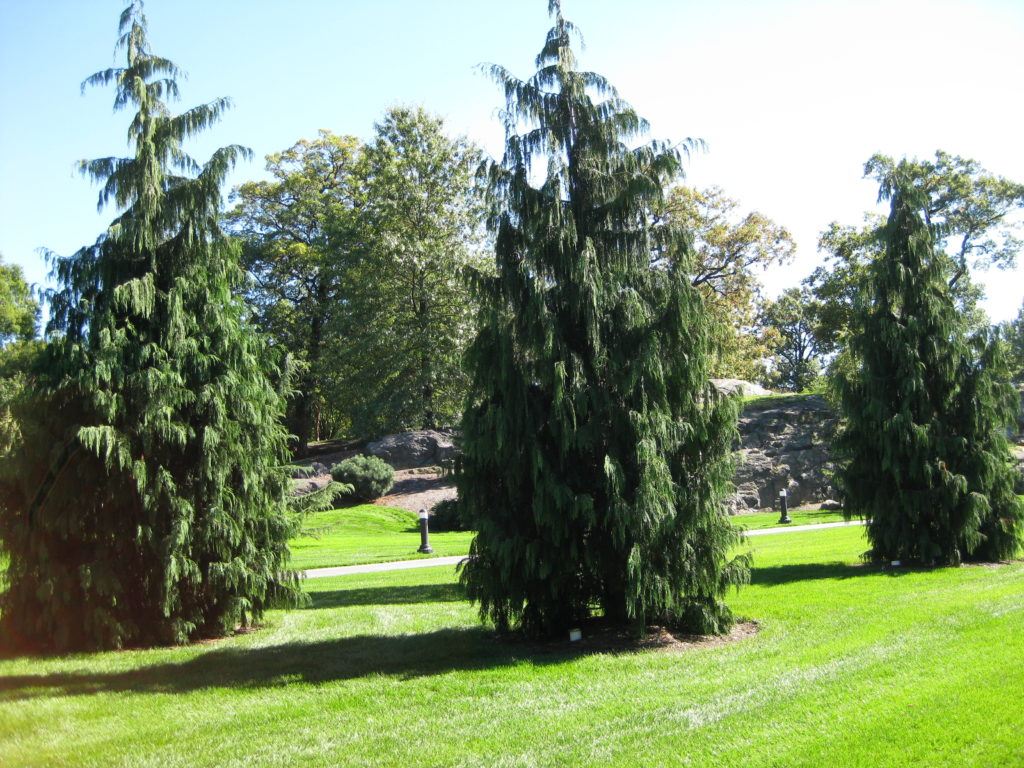
three impressive specimens (above) at the New York Botanical Garden
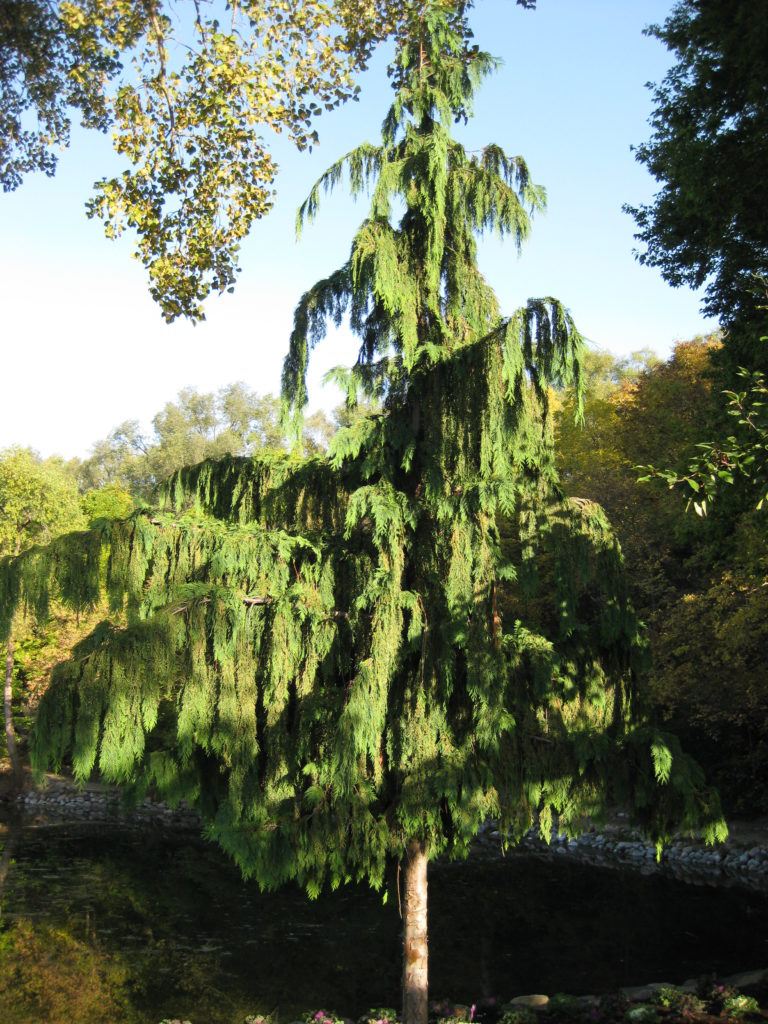
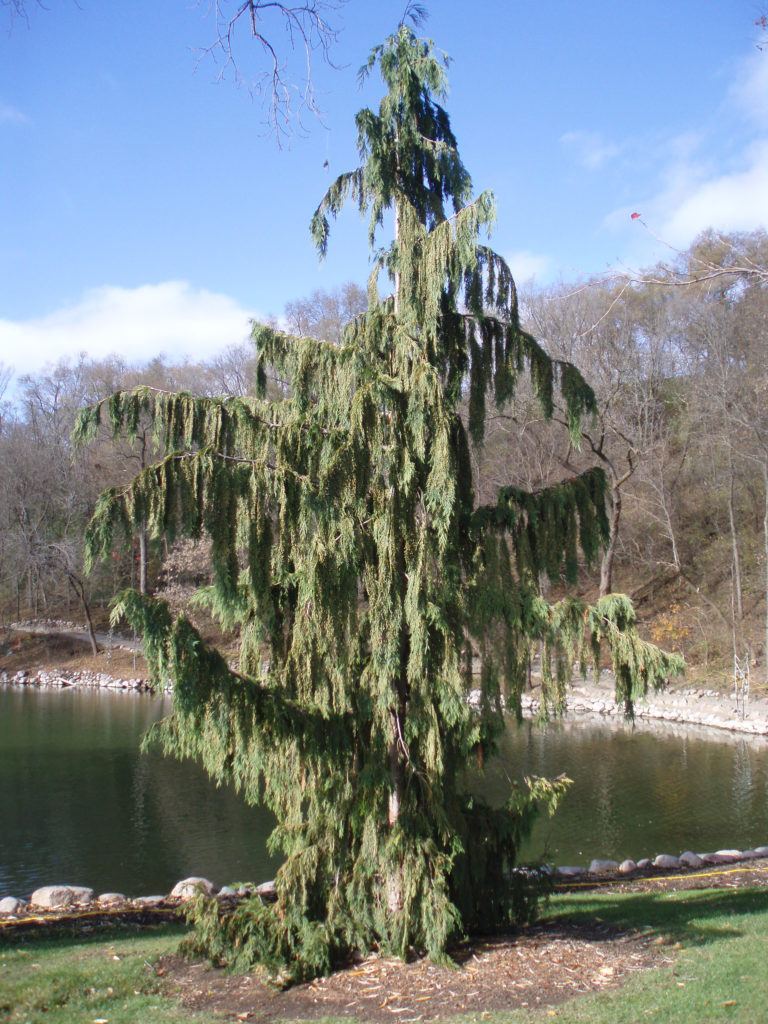
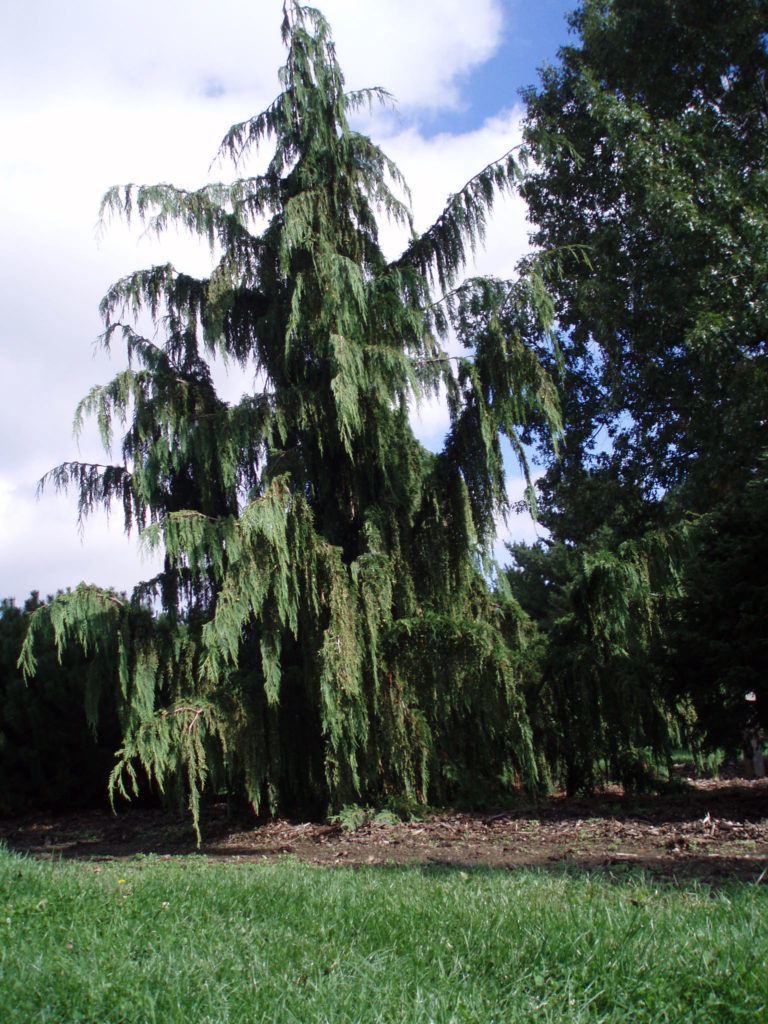
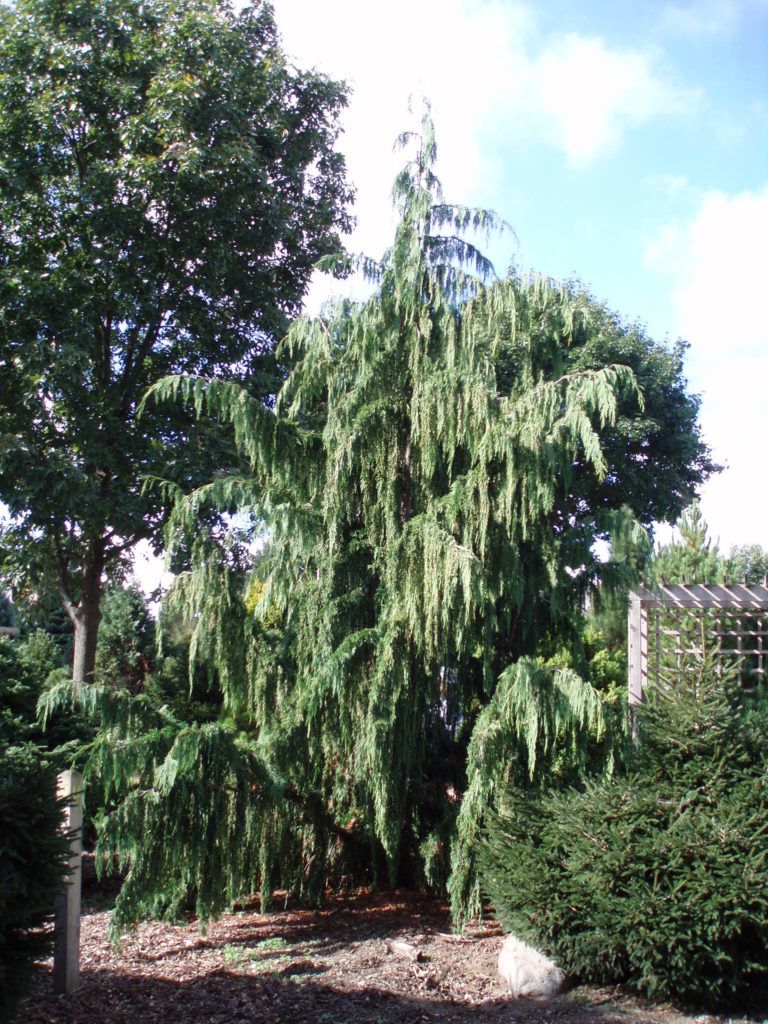
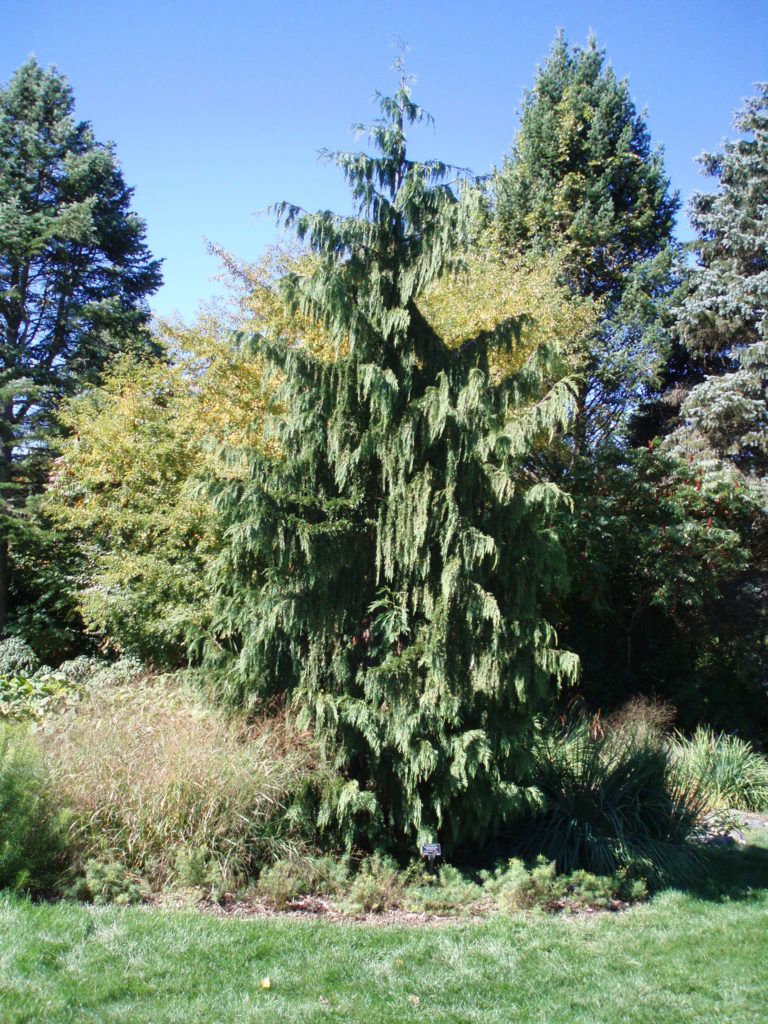

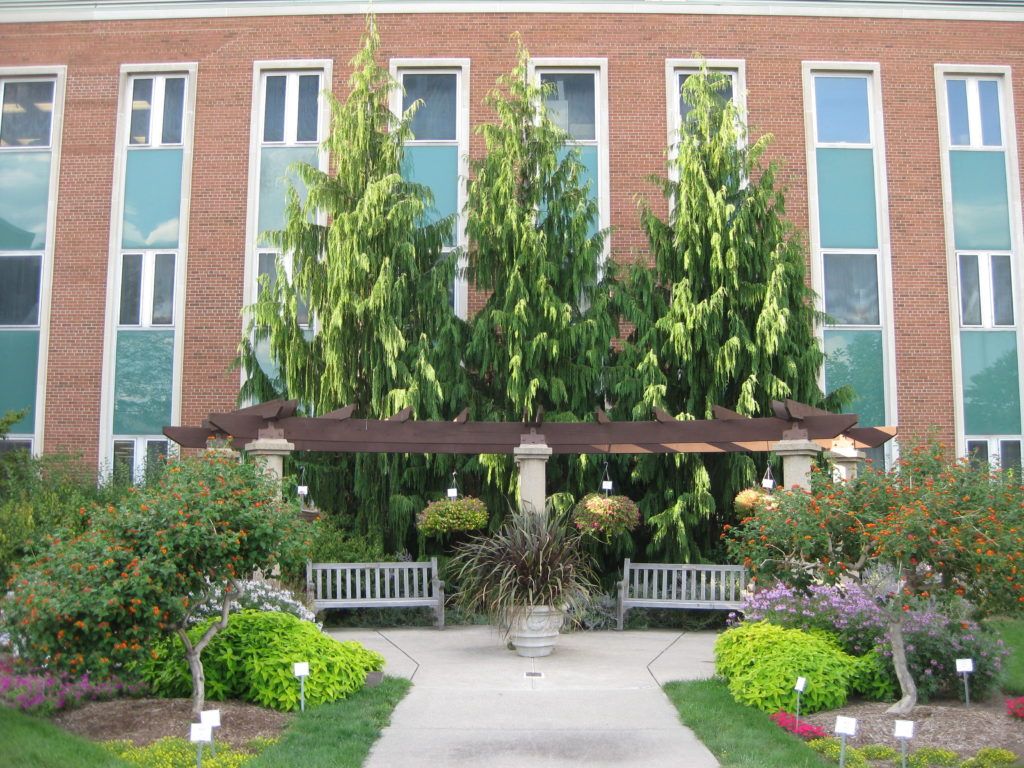
I’ve watched these three beautiful specimens over the last 10 years at Michigan State University (East Lansing, MI)
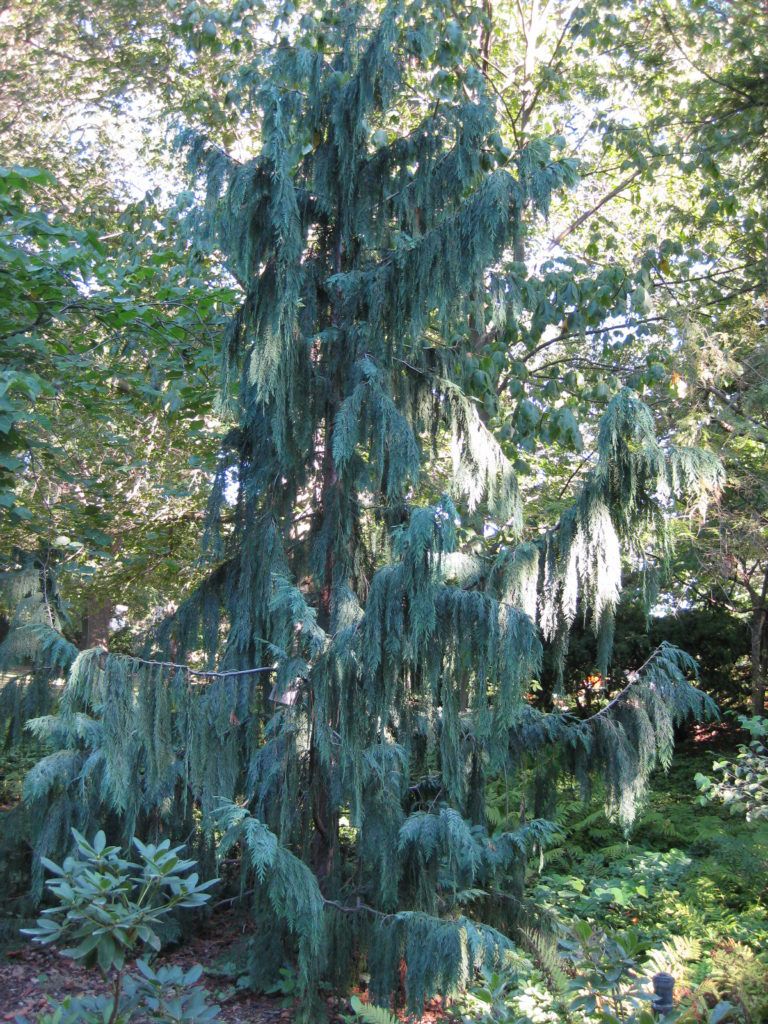
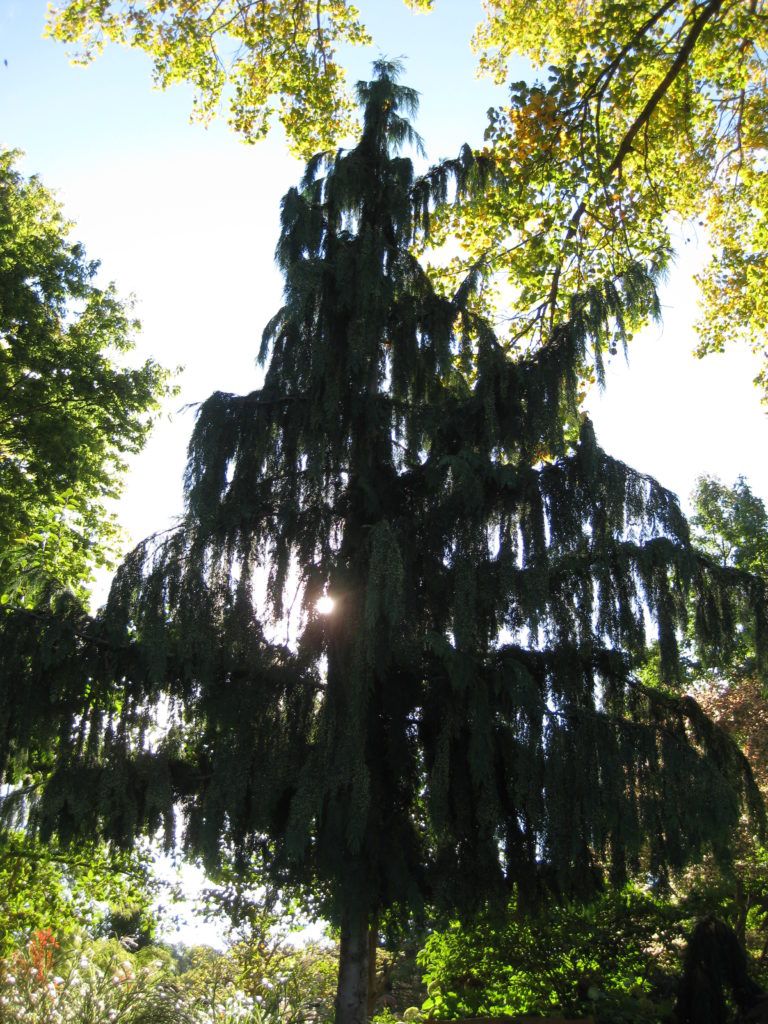
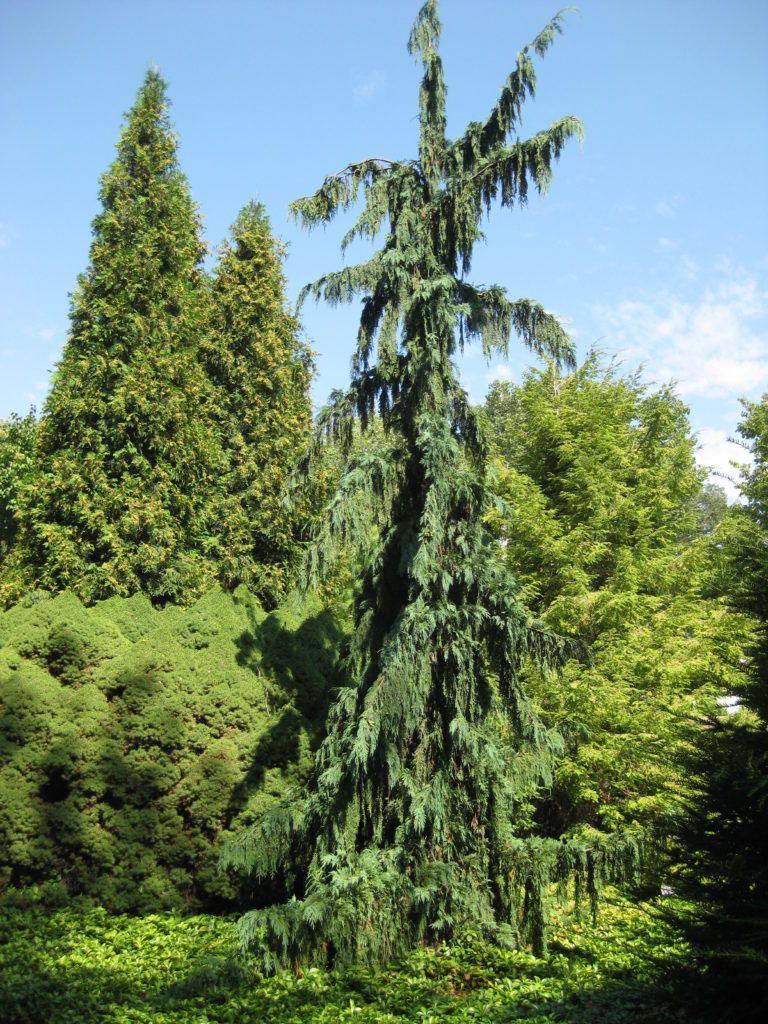
‘Green Arrow’ (above)
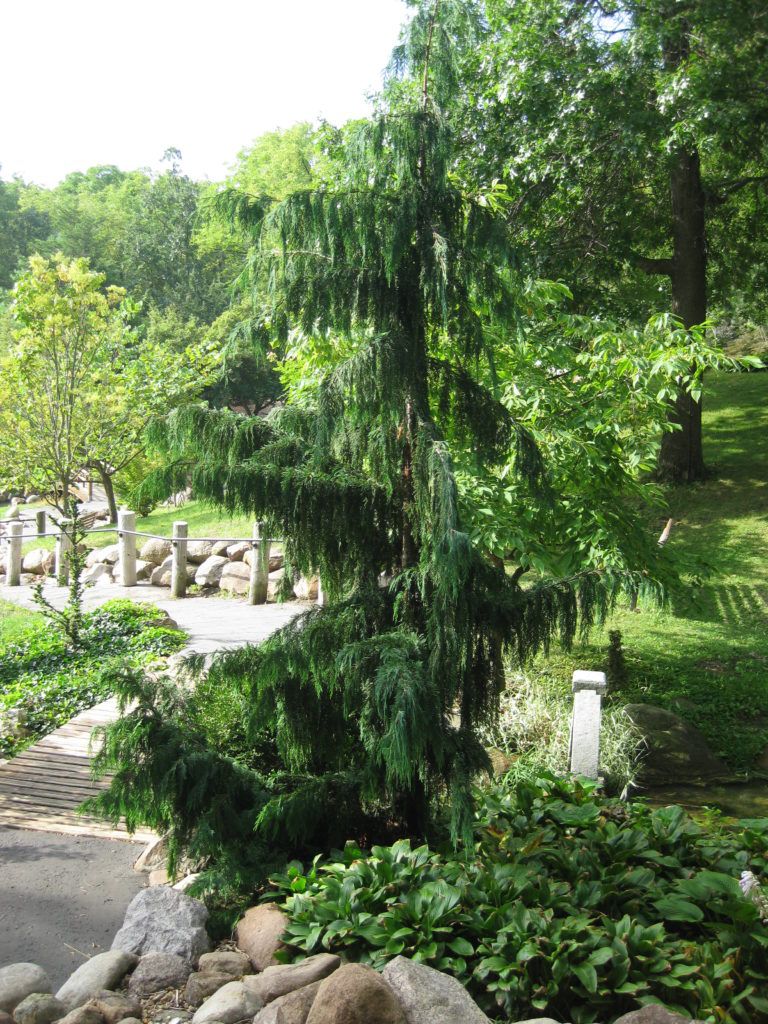

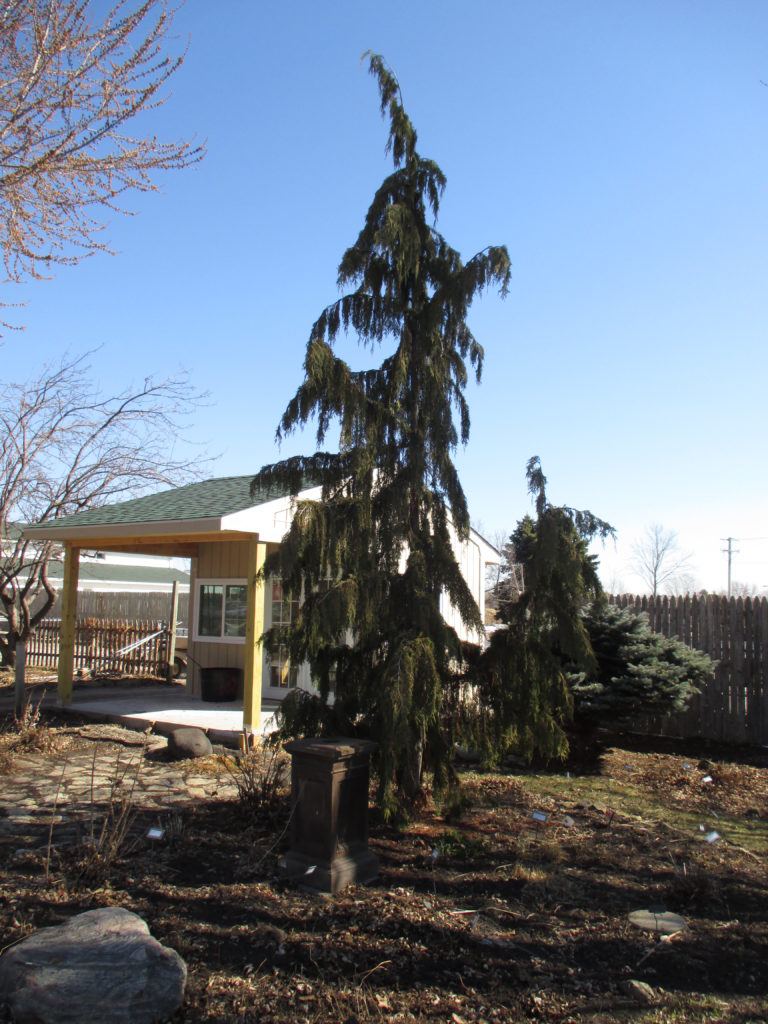

‘Van den Akker’ above and below

in Victoria, British Columbia (note the height compared to the people to the left of the specimen)
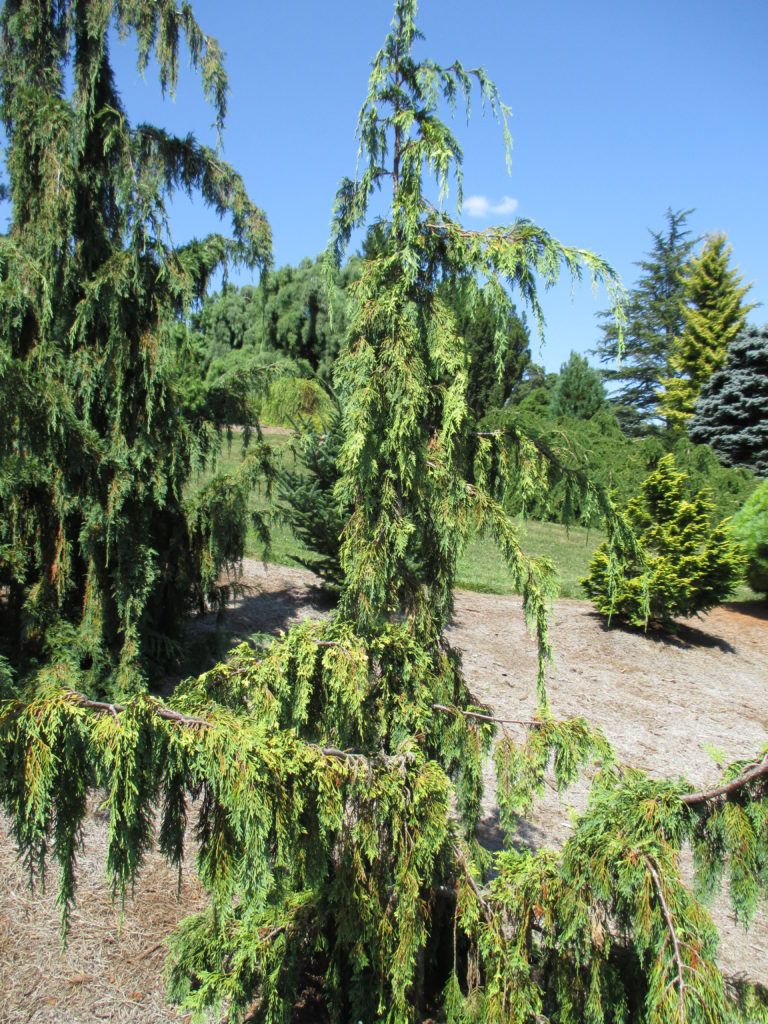
‘Boyko’s Sundown’ at Hidden Lake Gardens (MSU) in Tipton, MI
